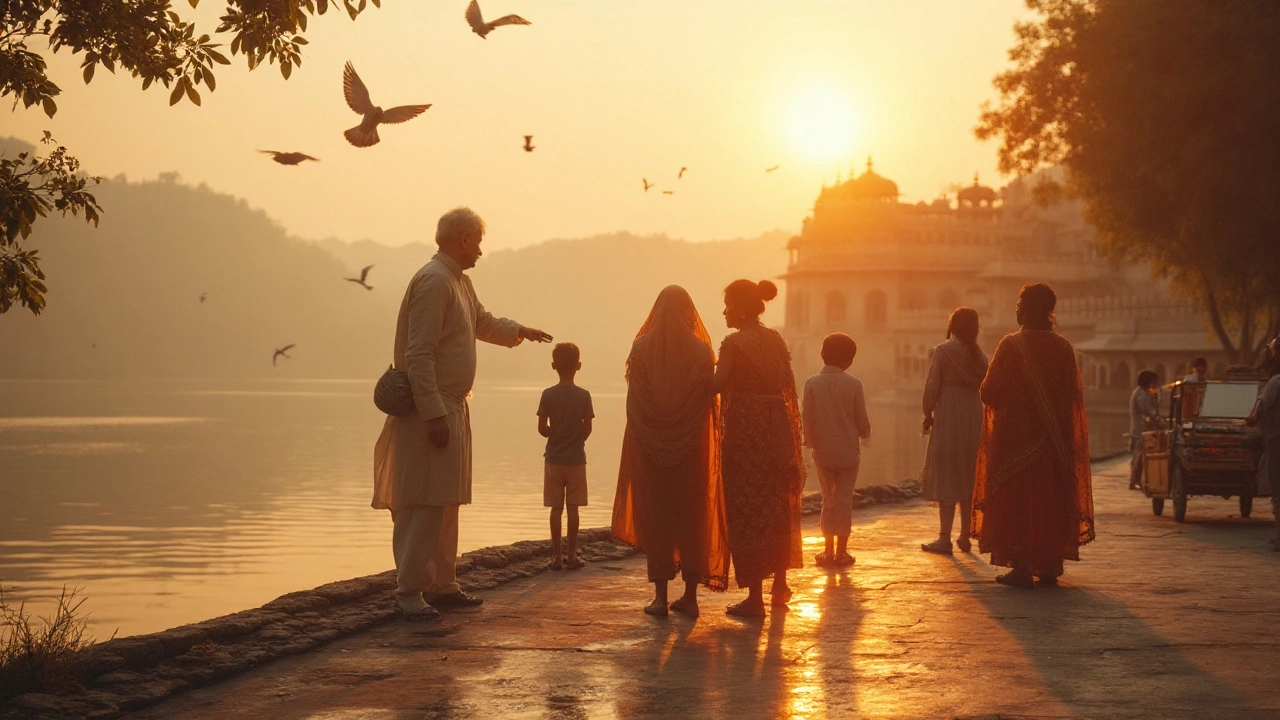Cultural Tourism in India: Explore Heritage, Temples, and Local Traditions
When you think of cultural tourism in India, travel that connects you to the living history, rituals, and daily life of a place. Also known as heritage travel, it’s not just about seeing monuments—it’s about understanding why they matter to the people who live with them every day. India doesn’t just have history; it breathes it. From the marble halls of the Taj Mahal to the quiet chants in a Himalayan monastery, cultural tourism here means stepping into a world where religion, art, food, and architecture are all woven together.
What makes this kind of travel different? It’s the people. A visit to a temple isn’t just a photo op—it’s learning the right way to remove your shoes, how to offer flowers, and why women cover their heads in some places. Indian temples, sacred spaces that function as community centers, spiritual hubs, and architectural masterpieces aren’t museums. They’re alive. And heritage sites India, officially recognized places like stepwells, forts, and ancient cities that tell the story of centuries of civilization aren’t just on lists—they’re part of daily routines. You’ll find elders teaching kids to draw rangoli outside a 16th-century palace in Jaipur, or farmers offering prayers before sunrise at a temple carved into a cliff in Karnataka.
India’s UNESCO World Heritage Sites India, 43 globally recognized landmarks that include everything from the Ajanta caves to the historic city of Ahmedabad aren’t just tourist stops—they’re living testaments to craftsmanship, belief, and resilience. You don’t need to be a history buff to feel it. Just sit in a quiet corner of Hampi’s ruins at sunset, or join a local family during Diwali in Varanasi. These moments aren’t scripted. They’re real.
And yes, cultural tourism in India isn’t always easy. It asks you to slow down, respect boundaries, and sometimes eat food you’ve never seen before. But that’s the point. The best experiences don’t come from checking off a list—they come from listening. From asking a guide why the temple bell is rung three times. From watching a grandmother teach her granddaughter how to weave a silk sari. From tasting the same spice blend used in a royal kitchen 300 years ago.
Below, you’ll find real guides from travelers who’ve walked these paths. Whether it’s how to visit a temple without offending anyone, which heritage sites are worth your time, or why Nagpur is called the Heart of India, these posts give you the no-fluff, practical truth. No tourist traps. No generic advice. Just what actually works when you’re standing there, wondering what to do next.
